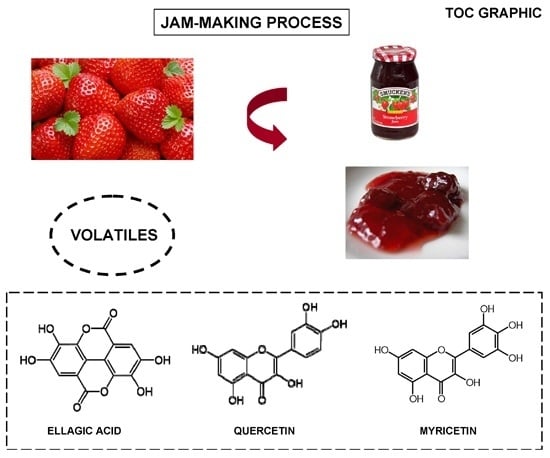Cancer-Related Constituents of Strawberry Jam as Compared with Fresh Fruit
Abstract
Share and Cite
Flores, G.; Ruiz del Castillo, M.L. Cancer-Related Constituents of Strawberry Jam as Compared with Fresh Fruit. Cancers 2016, 8, 16. https://doi.org/10.3390/cancers8010016
Flores G, Ruiz del Castillo ML. Cancer-Related Constituents of Strawberry Jam as Compared with Fresh Fruit. Cancers. 2016; 8(1):16. https://doi.org/10.3390/cancers8010016
Chicago/Turabian StyleFlores, Gema, and Maria Luisa Ruiz del Castillo. 2016. "Cancer-Related Constituents of Strawberry Jam as Compared with Fresh Fruit" Cancers 8, no. 1: 16. https://doi.org/10.3390/cancers8010016
APA StyleFlores, G., & Ruiz del Castillo, M. L. (2016). Cancer-Related Constituents of Strawberry Jam as Compared with Fresh Fruit. Cancers, 8(1), 16. https://doi.org/10.3390/cancers8010016





